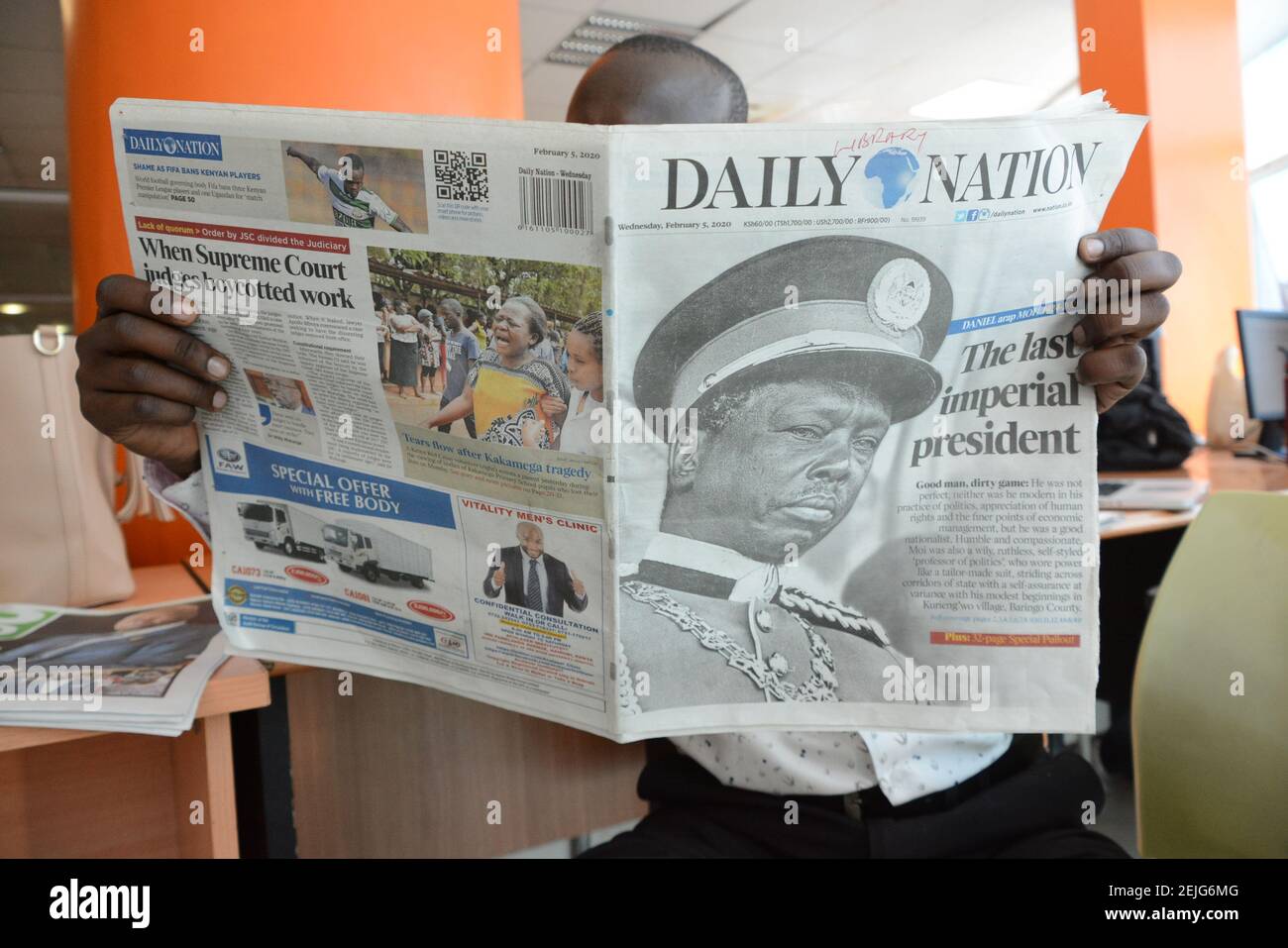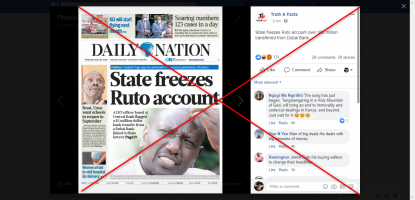

He therefore set up a national party newspaper to act as a government mouthpiece alongside the state broadcaster, Kenya Broadcasting Corporation. īut Moi wanted total control of a news outlet. The government was, as it remains today, the single largest advertiser for the media. In the case of the East African Standard he became the majority shareholder through proxies.Īt the Daily Nation he exercised some control through his relationship with the proprietor as well as through the control of government advertising. This was a type of journalism that deliberately focused on positive “development” stories, especially those produced by the state.īut it was clear that the “nation-building” project was primarily a regime-building exercise, enforced through coercion and co-option.įor successful implementation, Moi’s administration found it imperative to control the dominant players in the media sector – the Daily Nation and the East African Standard. The idea of “development journalism” was part of the project. Many political leaders invented the project on the premise that it was necessary for national cohesion. The nation-building project was a popular development in the first post-independence republics across Africa. This process of political and state consolidation also involved the reinvention of what had ideologically sustained the Kenyatta state – the “nation-building” project. He had achieved near-total control of the country politically and constitutionally.ĭaniel arap Moi: the making of a Kenyan 'big man' And within three years – by 1982 – he had forced a constitutional amendment through parliament that saw Kenya become a one-party state. His aim was to break up potential centres of political competition. Once he was sworn in, Moi began a process of state consolidation. It was a messy succession and sections of the political elite weren’t comfortable.


Moi (who died on 4 February 2020) became the president of Kenya in a constitutional succession following the death of the country’s first president, Jomo Kenyatta. His omnipresence was felt across newsrooms, all of which had his framed picture strategically placed to ensure journalists were aware he was watching them. He populated every public space like a fetish. Moi’s media persona was larger than the man. They were also told the colour of his suit and tie. Kenyans were told which church service he attended on the day. The Sunday broadcast news in the 1980s and 1990s was a familiar ritual of Moi’s diary. But no president has had a more terrifying presence in Kenyan newsrooms than Daniel arap Moi, Kenya’s president from 1978 to 2002. Kenya is party to a number of international organizations, including the United Nations, the African Union and the International Monetary Fund.Kenya’s political leaders have always had a vested political interest in the control of the country’s media. The country has a rich oral tradition songs, folk stories and poetry are shared in numerous indigenous languages, and Kenyans regularly bring home medals from long-distance running events in the Olympic Games. Kenya is largely a Christian nation, but has a sizable Muslim population, concentrated especially along the coast. The al Shabaab militant group has carried out a number of attacks to pressure Kenya to withdraw its forces from neighboring Somalia.ĭespite its challenges, Kenya is an attractive destination for refugees looking to escape harsher conditions in neighboring countries. In 2017, a contested presidential election and subsequent repeat contest led to deadly clashes.įurther, the country has been subject to a number of recent attacks attributed to terrorists. More than 1,000 Kenyans died and more than half a million were displaced following the 2007 general election. Political tensions in the country can sometimes lead to violence. Unemployment rates are among the world’s highest, and infrastructure is lacking. But Kenya’s relatively young government struggles to provide the public services necessary to keep pace with this growth.


 0 kommentar(er)
0 kommentar(er)
